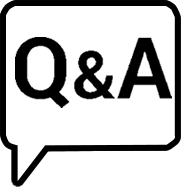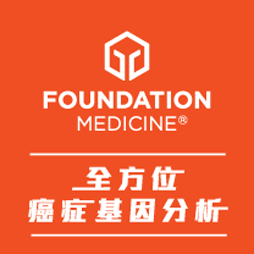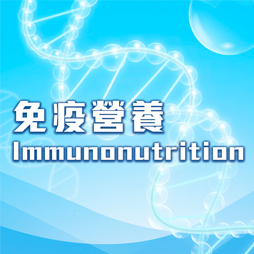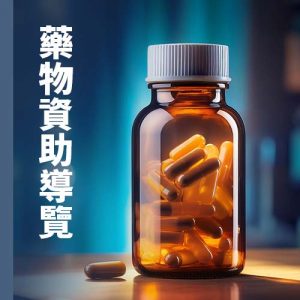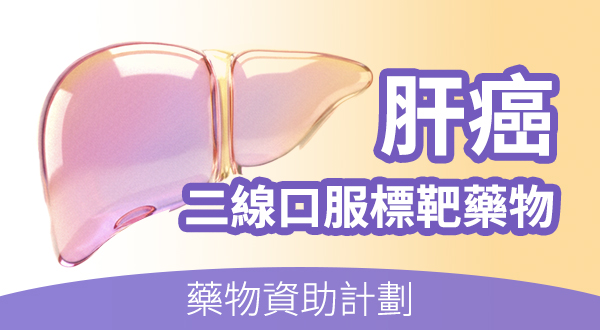城中活動
2026-01-28 2:30 下午
2026 醒獅掛飾製作~新年篇
2026-01-18 5:00 上午
【慈善跑手】渣打香港馬拉松慈善計劃2026
2026-01-16 11:00 上午
2026 ⼋段錦健體班
疑難排解
我們有一群專業的醫護人員及相關朋友,隨時解答大家的疑難,立即提交疑問!
會員註冊
成為會員,可以第一時間接收由病患者和照顧者角度出發的資訊,立即行動!
或許你會想看
【港大醫學院】破解胃癌「代謝密碼」 胃癌腫瘤生長減緩達65% 神經元滲透性胃癌配合膽固醇抑制劑 殺死癌細胞效果提高6.3倍
香港大學李嘉誠醫學院(港大醫學院)的研究團隊在胃癌研究上取得突破,揭示人體「第二大腦」——消化系統中的腸神經元 […]
中大臨床研究利用球囊心包切開術治療心包積水 術後復發率大減8成 患者免受重複入院「拮針」引流之苦
每五名癌症患者就有一人出現惡性心包積水,傳統心包穿刺引流術雖可減少心包填塞的風險,惟復發的機會高達60%。香港 […]
香港科大工学院研发AI病理系统SmartPath 提供一站式癌症诊断支援
香港科技大学(科大)成功研发创新人工智能(AI)系统SmartPath,革新癌症病理诊疗全流程。系统由科大计算 […]
【人工智能】BioMap 開展新的聯合研究合作計劃
在剛結束的「第二屆國際生物計算創新峰會」上香港遺傳性乳癌家族資料庫 HK Hereditary Breast […]
【香港乳癌基金會】第12屆周年乳癌科學會議2025 「乳癌年度新發展 – 從研究到臨床應用」 借鏡其他亞洲地區 推動全民乳癌篩查
【香港,2025 年 11 月 9 日】乳癌自1994年起成為本港女性的頭號癌症,每日平均有約15人確診乳癌。 […]
【跨境醫療】保誠與IHH醫療集團(北亞洲)深化合作 進一步拓展香港及中國內地醫療費用直付服務網絡
(香港,2025年11月10日)保誠保險有限公司 (「保誠」)今日宣佈,繼早前與 IHH醫療集團 (北亞洲)旗 […]
【HKNOS2025】探討復發性腦瘤治療的最新進展
非常榮幸出席HKNOS2025 年度科學會議,與各地專家交流分享 ,探討復發性腦瘤治療的最新進展」。 這為我們 […]
【精準治療】PTCOG-AO2025 圓滿舉行 專業人士齊聚一堂,積極交流最新粒子及質子治療技術。
亞洲-大洋洲粒子治療合作組第五屆年會(PTCOG-AO2025)於2025年11月7至9日在香港會議展覽中心及 […]
港大醫學院率先引入自體脂肪移植技術配合乳房保留手術 幫助乳癌患者回復體態重拾自信
香港大學李嘉誠醫學院(港大醫學院)臨床醫學學院外科學系研究團隊於香港開展一項臨床試驗,率先採用「自體脂肪乳房重 […]
養和醫療集團與西門子醫療簽署合作備忘錄 亞洲首部光子計數電腦掃描模擬定位系統 推進精準質子治療新里程
(2025 年 10 月 30 日-香港)養和醫療集團(下稱「養和」)於 2025 年 8 月啟用全亞洲首部光 […]
ASPIRE 亞太區肺癌聯盟:政府主導肺癌篩查應擴大目標 中大研究指九成受訪者支持肺癌篩查 納入高風險非吸煙群組具成本效益
ASPIRE 亞太區肺癌聯盟:政府主導肺癌篩查應擴大目標 中大研究指九成受訪者支持肺癌篩查 納入高風險非吸煙群 […]
港大醫學院發現特定膳食油酸可增強抗癌免疫細胞功能
香港大學李嘉誠醫學院(港大醫學院)的一項最新研究發現,特定膳食脂肪酸能顯著增強人體免疫系統抗擊癌症的能力。研究 […]

